In a world increasingly driven by technology and innovation, the demand for STEM (science, technology, engineering, and mathematics) skills is soaring. In Africa, it is projected that by 2030, 23 million new STEM jobs will need to be filled. For Ethiopia, this represents not just a challenge but a monumental opportunity to transform our economy and empower our youth.
The Power of STEM for Ethiopia’s Growth
The Power of STEM for Ethiopia’s Growth
Ethiopia is a land of untapped potential, with a young and vibrant population eager to shape the future. STEM education has the power to unlock this potential by fostering creativity, critical thinking, and problem-solving skills—qualities essential for addressing challenges unique to Ethiopia, such as food security, sustainable energy, and healthcare accessibility.
From improving agricultural efficiency through precision farming to developing homegrown tech solutions for public health, a workforce trained in STEM can drive the kind of innovation needed to accelerate Ethiopia’s development.

Bridging the Gap Between Theory and Practice
A major hurdle in Ethiopia’s education system is the gap between theoretical knowledge and practical application. Students excel in memorizing facts but often lack exposure to hands-on experiments, real-world problem-solving, and collaborative learning. This leaves many graduates ill-prepared for the job market or entrepreneurship.
Innovative solutions are emerging to address this. For instance, educational initiatives like STEM-focused workshops, robotics clubs, and locally developed STEM kits are helping students connect classroom learning with the realities of the world around them. These resources make complex concepts more relatable and ignite a passion for exploration and creativity.
Inclusion: Making STEM Accessible to All
STEM education must be inclusive if it is to achieve its transformative potential. In Ethiopia, this means reaching underserved communities, ensuring access to resources in local languages, and designing solutions for students with disabilities. By breaking down barriers, we can create an environment where every child, regardless of background, can dream of becoming an engineer, scientist, or innovator.
For instance, providing affordable tools, translating learning materials into languages like Amharic, and collaborating with local educators can ensure that even students in remote areas have a chance to engage with STEM.
The Role of Collaboration
No single entity can tackle the challenge of building Ethiopia’s STEM workforce alone. Collaboration between the government, private sector, non-profits, and educational institutions is essential. Programs that integrate resources like digital tools, teacher training, and community outreach can amplify the impact of STEM education initiatives.
Additionally, partnerships with global organizations and diaspora communities can bring much-needed expertise, technology, and funding to Ethiopian classrooms. By working together, we can create a robust ecosystem that nurtures STEM talent from an early age.
The Road Ahead
Preparing for the global STEM workforce demand requires strategic planning and unwavering commitment. Ethiopia has a chance to turn its challenges into opportunities by investing in its youth and creating pathways to STEM careers.
The journey will not be without obstacles, but the rewards—economic growth, technological advancement, and a skilled workforce ready to shape the future—are well worth the effort. Together, we can ensure Ethiopia not only participates in the global STEM revolution but leads it.
Let’s Innovate Together
The future belongs to those who prepare for it today. By embracing STEM education, we can create a brighter, more innovative Ethiopia. Join the movement—whether you’re an educator, a parent, or an entrepreneur, your role in this journey.
